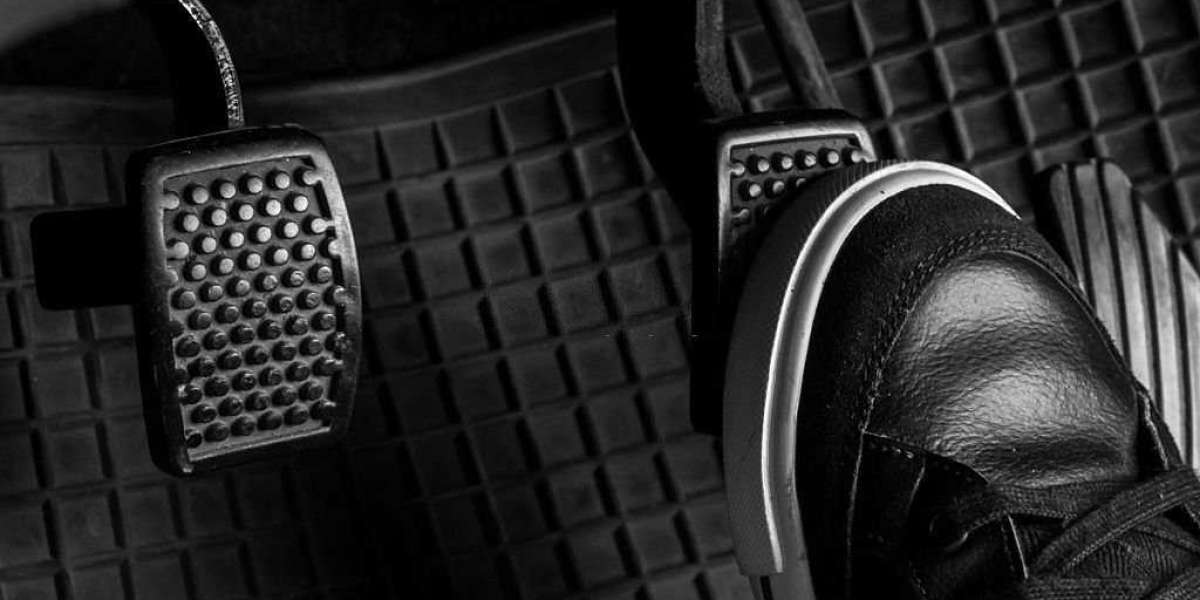Brake dust is a common and persistent problem for all vehicles using disc brakes. This dust is formed when the brake pads come into contact with the rotor and wear down, creating a fine powder that can accumulate on the wheels and surrounding areas of the car. But fortunately, the problem can be solved by using a brake dust cleaner. However, not all brake dust is the same, and the type of dust produced can have an impact on the effectiveness of the brakes, as well as on the appearance and maintenance of the vehicle.
TYPES OF BRAKE DUST
− Metallic Brake Dust
Metallic brake pads are the most commonly used type of brake pads in modern vehicles. They are composed of a blend of metallic fibres and resins, which produce a lot of brake dust. Metallic brake dust particles are typically larger and darker in colour than other types of brake dust. They can be made from a variety of metals, including iron, copper, and steel. Metallic brake pads are generally used in high-performance automobiles because they can withstand higher temperatures and provide better stopping power.
− Ceramic Brake Dust
Ceramic brake pads are composed of a ceramic compound that is reinforced with copper fibres. They produce very little brake dust, which is one of their main advantages over metallic brake pads. Ceramic brake dust is typically light in colour and very fine. Ceramic brake pads are often used in luxury vehicles because they provide the excellent stopping power and are very quiet.
− Organic Brake Dust
These pads are composed of a blend of things, including resin, rubber, and Kevlar. They produce very little brake dust and are often used in hybrid and electric vehicles. Organic brake dust particles are typically lighter in colour than metallic brake dust and are finer in texture.
EFFECTIVENESS OF BRAKE DUST
Effectiveness of Brake Dust: The effectiveness of brake dust is an important consideration when choosing the type of brake pad to use on your vehicle. Metallic brake pads tend to be more effective at stopping the vehicle but can produce more dust and cause more wear and tear on the wheels. Ceramic and organic brake pads produce less dust and are less abrasive, which can help to increase the lifespan of the wheels and other brake components. However, they may not be as effective at stopping the vehicle as metallic brake pads.
− Braking Performance
Brake dust can affect the braking performance of a vehicle. Metallic brake pads tend to yield more brake dust than ceramic or organic brake pads, which can lead to reduced braking performance over time. However, metallic brake pads provide better stopping power than organic or ceramic brake pads.
− Safety
Brake dust can also affect the safety of a vehicle. Accumulated brake dust on wheels can reduce visibility and cause wheel imbalance, leading to a decrease in vehicle handling and control. It can also cause corrosion of the wheels, which can weaken their structural integrity.
− Environmental Impact
Brake dust can have a negative impact on the environment. Metallic brake dust contains heavy metals, such as copper and iron, which can be harmful to aquatic life and the environment. In addition, brake dust can contribute to air pollution, as the fine particles can become airborne and be inhaled by humans and animals.
WHY BRAKE DUST CLEANING IS IMPORTANT
Cleaning brake dust from your wheels and other parts of your car is important to maintain the overall health and safety of your vehicle. Here are some tips for effective brake dust cleaning:
Brake dust is tough to remove and requires a special brake dust cleaner that is designed to break down the particles and remove them from your wheels. Look for a cleaner that is safe for your wheels' finish, and follow the manufacturer's instructions carefully. Avoid using abrasive cleaners, such as household cleaners or steel wool, as they can scratch and damage the wheels.
Clean your wheels regularly with brake dust cleaner to prevent brake dust from building up. If you live in an area with a lot of stop-and-go traffic, you may need to clean your wheels more frequently.
TO WRAP UP
Brake dust is an inevitable byproduct of disc brakes that can have a significant impact on the appearance and maintenance of a vehicle. The type of brake dust produced can vary depending on the type of brake pad used, with metallic brake pads producing the most dust and organic brake pads producing the least. The effectiveness of the brakes can also be affected by the type of brake pad used, as well as the condition of the brake system. When choosing the type of brake pad to use, it is important to consider the balance between effectiveness, dust production, and wear and tear on the wheels and other brake components.








